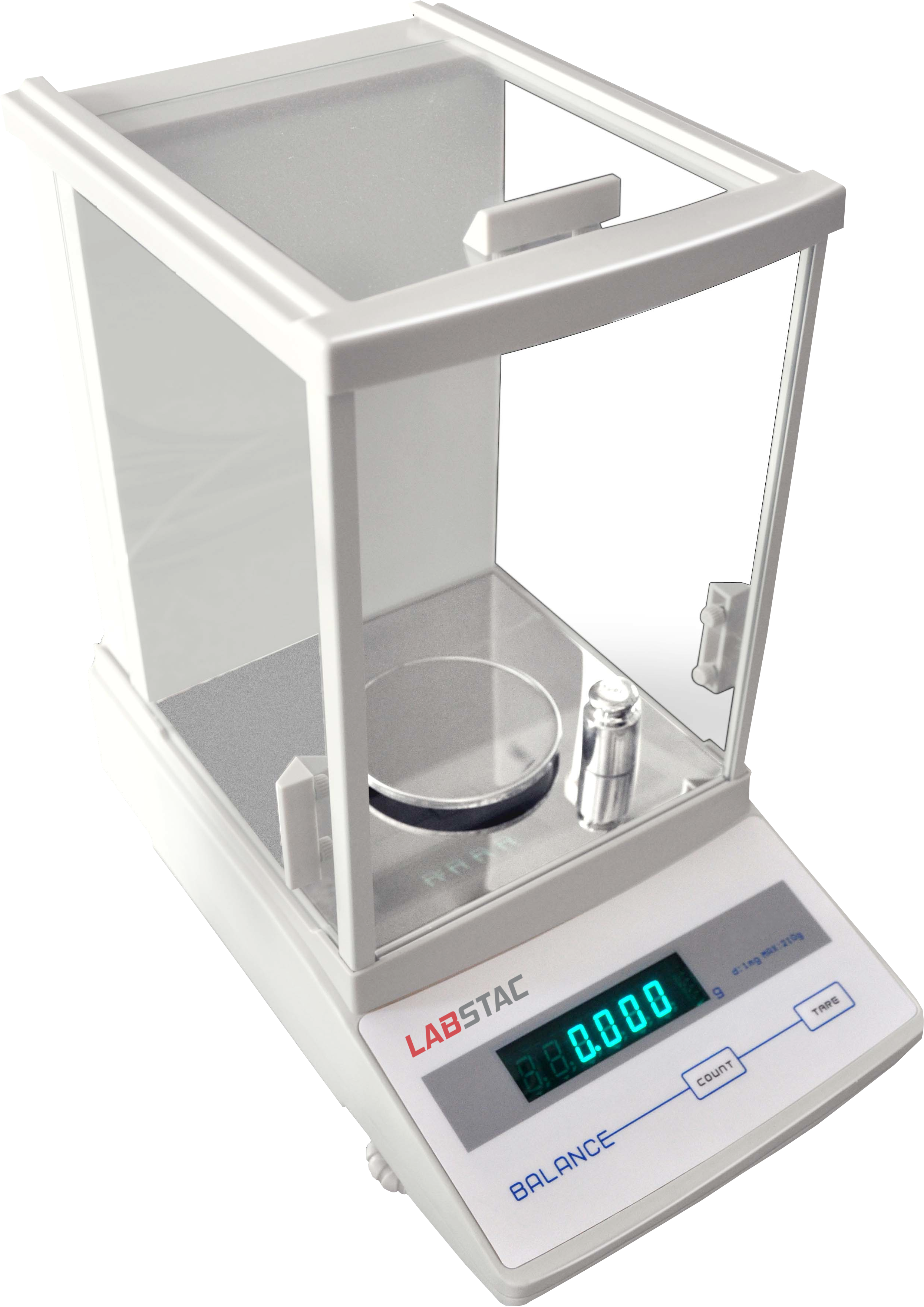How to Use and Maintain Your Laboratory Balance
In Laboratories, Research centres, molecular Biology, Genetics etc. We need to follow the formulation or to know our weight of the samples for that we require the instrument and that instrument is known as BALANCE. When working in laboratories or research centers the quantity of the sample can be small, precise or sometimes we require samples in large quantity for that proper balance is required and we can help you to guide to buy best analytical balance.Balances are highly sensitive lab instruments designed to accurately measure weight/mass. Used in quantitative chemical analysis, to determine the mass of solid objects, liquids, powders and granular substances.
Analytical Balance:
The simple balance, used for weighing, was discovered before 5000 BC by chemist Joseph Black. Analytical balances provide maximum weighing performance and are used for the accurate weighing of samples and precipitates. They are a class of balance designed to measure small masses in the sub-milligram range. Offering a readability up to 0.00001 grams (0.01 mg).Features of Analytical balance
• The multiple functions modes with tare, counting, unit conversion and weighing.• Aluminium shell, Anti-jamming, Anti-radiation.
• Pan size (round): Φ 80 / Φ 90 mm.
• Offers a variety of weighing options: grams, ounces, pounds, and carats.
• LCD display.
• Built-in RS232 port for data transfer to computer or printer.
• Displays increments of 0.0001 g.

Analytical Balance
Parts of Analytical Balance
• Power button (on/off button)- It is used to activate or deactivate the balance.• Pan- used as a container to put the sample of material to be measured in mass.
• ‘Tare’ or ‘Re-zero’ button- used to adjust the balance to return to a neutral position (zero).
• 'Mode' button- You can change the conversion system by pressing the “Mode” button.
• Weights- helps to make sure that analytical scales are accurate and it enables the calibration of analytical scales.
• Display panel- It displays various information such as results, errors, information about how a function is set up, and “function in progress.”
How analytical Balance works?
When using an analytical balance, great care must be taken. Following are the Weighing Procedure of an Analytical Balance.1. Select a suitable place-
• Place Analytical balance on a stable and smooth surface or a benchtop surface.• Avoid direct sunlight and make sure there are no extreme temperature changes.
• The Surrounding area should be as dust-free as possible.
2. Calibrating the analytical balance-
• Press the “TARE” button to set the balance at zero.3.Weighing-
• Press the "Tare" button to set the analytical balance to zero under no load.• Place the weigh paper or other vessel or container in the Center of the weighing pan and then shut the glass door of the weighing balance wait for 5 to 10 seconds to stabilize the LCD readout
• Now press the “TARE” button again to reset the Analytical balance to set zero. This step is required if you do not want to include the mass of the Weigh paper in your measurement.
• Add the substance to be weighed after removing the container from the balance. Avoid putting things in the balance pan because doing so can contaminate the balance.
• Reset the container’s balance, then wait 5-10 seconds for the mass reading to stabilize.
• Record the data on the data sheet.
4.Cleaning Procedure-
• Analytical balances must be properly cleaned and disinfected to function properly. Otherwise, residues from last use can lead to inaccurate results and affect operator safety.• Use a disposable tissue or a lint-free cloth dampened with mild detergents to clean the surface of the scale and get rid of the powder, dust. Make sure not to scratch anything.
• Carefully wipe the draft shield, Clean the removable parts also Clean the weighing chamber.
• Please be aware that the control panel, power plug, data interface, labels, and other plastic parts cannot be cleaned.
Factors affecting the performance of an analytical balance
1. Temperature-
A slight change in temperature results in fluctuation of measurement. As the room temperature rises, the sample either expands or loses moisture. Conversely, when the room temperature drops the sample shrink and condensation of water vapour occur.2.Calibration-
Calibrating an analytical balance ensures accurate readings. While some scales have internal calibration capabilities, We recommend testing your balances after every few months to ensure your calibration settings are still accurate.3.Air Currents-
Just as temperature and vibration change the measurement of small sample sizes, air currents can affect the complex mechanisms of analytical balances.4.Magnets-
Some balances use magnets as a part of the weighing system. Therefore, placing the balance near magnetic equipment or weighing magnetic sample can result in erroneous readings.5.Vibrations-
Vibrations from refrigerators, ventilation systems, and other devices that generate vibration can affect analytical balance accuracy.Precautions:
• Clean the weighing pan before and after use to ensure that the weighing sample does not get contaminated.• The balance should be kept calibrated. The standard weights should not be touched with hands.
• Weighing should be carried out in a suitable environment free of vibrations and controlled for humidity and temperature.
• Avoid direct exposure to sunlight and place the balance away from the area of excessive air drafts while weighing.
Applications of Analytical Balance:
• Formulation/Recipe Calculation• Density analysis/determination
• Pipette calibration, Pipette testing
• Animal weighing
• Percent weighing
• Piece counting
• Interval weighing
• Differential weighing
• Gross-net tare weighing
Labstac’s analytical balances are trustworthy and have been demonstrated in real-world use. The operations of the analytical balances are clear and easy. If you’re interested in an analytical balance or looking for wide range of analytical balances for further information, please visit us at https://labstac.com/Balance/Analytical-Balance/c/3101
You May Also Like









